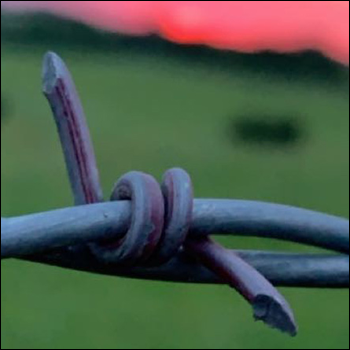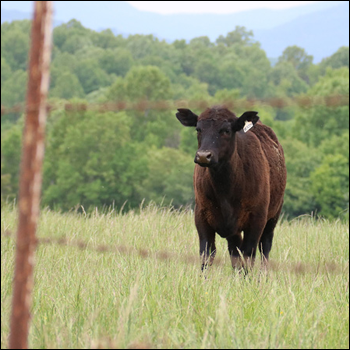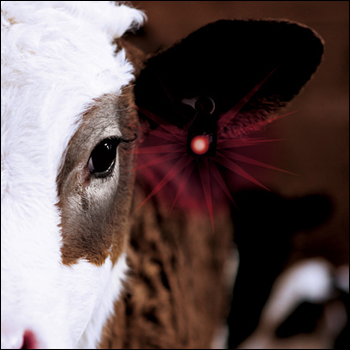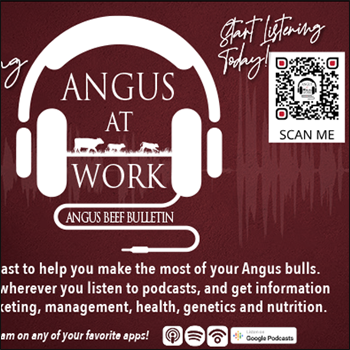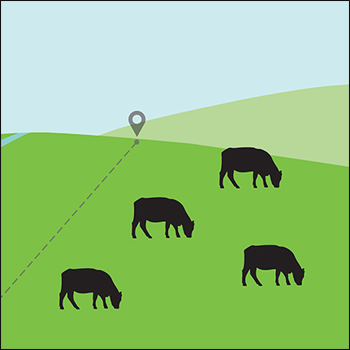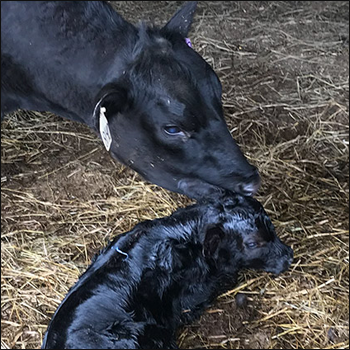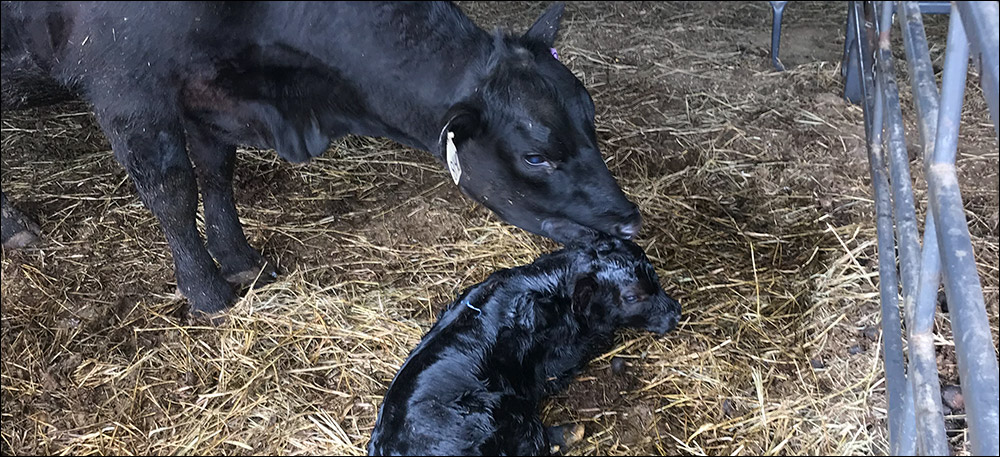
Calving Must-haves
Because you can’t predict an emergency.

You can breed easy-calvers and select for good mothers, but you still need to expect the unexpected, says veterinarian Phillip Kesterson.
“These are potentially life-or-death situations,” the Zoetis technical service veterinarian says. “You need to be prepared to intervene, so you have a positive outcome.”
That starts with a well-stocked toolbox that is portable, ready to go, and in the vehicle or shed you’ll use for calving.
“When you need it, you need to have it with you,” Kesterson says. “If you don’t have the appropriate supplies with you, by the time you go back and get them, there’s probably been another emergency.”
What’s in your box?
” — Phillip Kesterson
- Your veterinarian’s contact information. “It’s essential that everyone knows who to call when an emergency would happen,” Waechter-Mead says. If you use a multi-vet practice, she suggests getting to know all of them prior to that first calf hitting the ground.
- A rope. A halter or a lariat will do, Waechter-Mead says, noting it’s useful in a variety of situations, from keeping a heifer secure in a headcatch to helping a cow lie down. It comes in handy for restraining a leg when milking a cow, too. “Number one, we don’t want to get kicked, and number two, we don’t want her to kick over that bucket of colostrum. That’s very important.”
- OB sleeves and lubrication. “There’s never really too much lube,” she says. Toothpaste-size tubes fit well in a toolbox, or a gallon jug can be pared down to a squirt bottle. Having well-fitting sleeves will make the exam more effective. “We use our fingers to ‘see’ everything that’s in there, and I want to make sure I can feel things well.”
- Disinfectant. Mild soap and water will work, or more advanced options like a chlorhexidine solution can be diluted in warm soapy water. She uses it to clean equipment (chains and straps) or the animal prior to an exam. Iodine works to keep a calf navel clean, especially in a wet or muddy situation.
- Towels or rags. “If we’ve pulled this calf, we want to stimulate it and clean it off just like mom would,” Waechter-Mead says. Using a towel to rub it vigorously stimulates the phrenic nerve — the one that goes to the diaphragm and helps with those early breaths.
- Needles and syringes. Have plenty of needles and syringes available, and be sure you have some smaller sizes, such as 16-gauge or 18-gauge. They’ll be used to administer medicine, but Waechter-Mead says they can also be employed to do acupuncture to stimulate breathing. “If you take a 22-gauge needle and you perpendicularly place that right into the nose and give it a little twist, it will stimulate the central nervous system so that they also take a breath,” she notes. “It doesn’t work every single time, but it doesn’t hurt as long as your needle is small enough.”
- Basic medications. At any point you may need a broad-spectrum antibiotic or other treatments, which you should discuss one-on-one with your veterinarian. Check expiration dates and handling instructions before the season starts. “As we consider vaccination, proper vaccine handling is critical,” Kesterson says. “Too hot, and we risk decreased efficacy; freezing adds an additional risk of adverse side effects.”
- Calf feeder. Waechter-Mead emphasizes the need for a clean calf feeder, with no roughness or chewed edges. Tubing a calf isn’t an easy task, and she says getting a veterinarian to teach you prior to calving will help you learn the landmarks in the calf’s esophagus.
- Colostrum. That calf feeder could be a critical tool, because the importance of colostrum ingestion is second only to getting a live calf on the ground, says Kesterson. “We set the stage for lifetime health, performance and production.”
- Chains and a calf jack. When a cow needs assistance, chains are usually the first option. A calf jack can be helpful, but only if it’s working with the cow. “If it’s you and another person and you’re not making any progress, a calf jack is not the answer at that point,” Waechter-Mead says.
The best toolbox still needs a master — someone who knows how to use it precisely. For more on that, read the full story, “Have What You Need When You Need It,” published in the February Angus Beef Bulletin: https://bit.ly/3L50Abr.
Editor’s note: Waechter-Mead spoke on the “Spring Calving Strategies” Angus University webinar. To watch her full presentation online, visit: http://www.angusuniversity.com. Photo by Dane Haverkamp, NJAA/Angus Journal Photography Contest.

Angus Proud
In this Angus Proud series, Editorial Intern Jessica Wesson provides insights into how producers across the country use Angus genetics in their respective environments.
 Angus Proud: Scott Sproul
Angus Proud: Scott Sproul
Oklahoma operation learned wisdom of moving calving season to better suit their marketing needs.
 Angus Proud: Bubba Crosby
Angus Proud: Bubba Crosby
Fall-calving Georgia herd uses quality and co-ops to market calves.
 Angus Proud: Jim Moore
Angus Proud: Jim Moore
Arkansas operation retains ownership through feeding and values carcass data.
 Angus Proud: Les Shaw
Angus Proud: Les Shaw
South Dakota operation manages winter with preparation and bull selection.
 Angus Proud: Jeremy Stevens
Angus Proud: Jeremy Stevens
Nebraska operation is self-sufficient for feedstuffs despite sandy soil.

